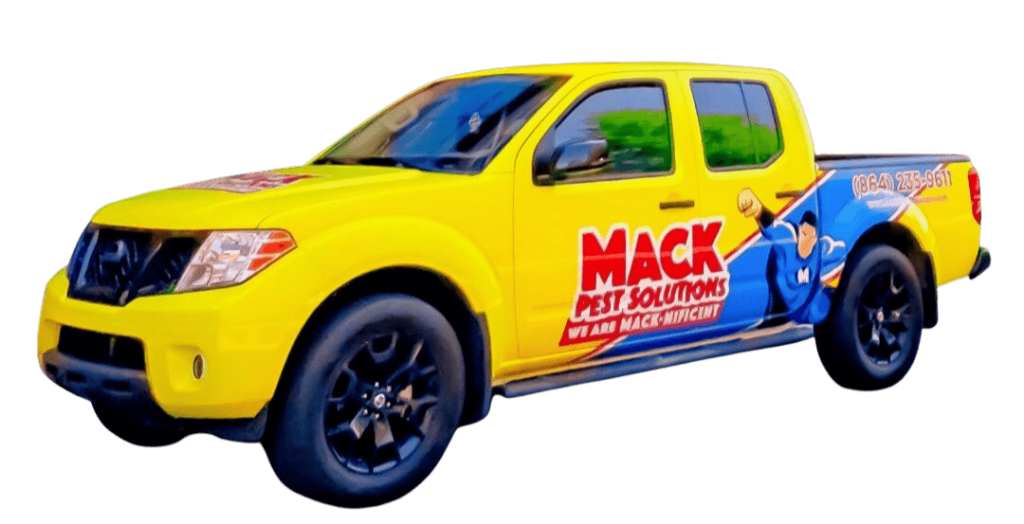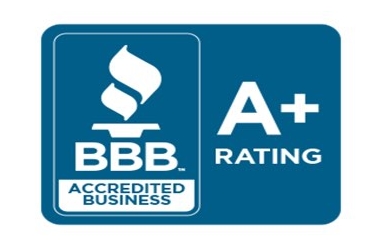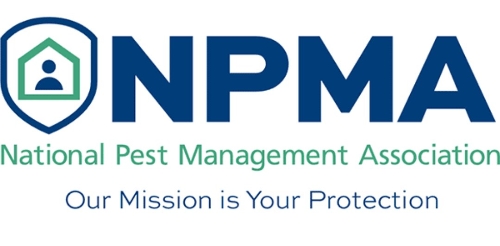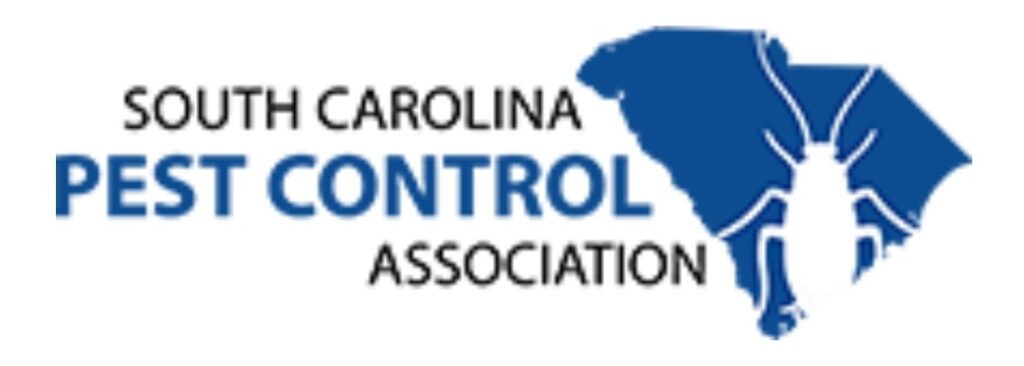The thought of termites silently destroying the very foundation of your home is unsettling, to say the least. Termites can be elusive, thriving in the shadows and often undetected until substantial damage is done.
Knowing how to spot these wood-feeding insects early on is crucial to protect your home and prevent costly repairs. This comprehensive guide reveals the telltale signs of termite presence, the risks associated with an infestation, and practical strategies for dealing with these destructive pests.
Whether you are a homeowner, a property manager, or just someone looking to stay informed, you’ll learn to identify and address a termite problem before it escalates into a more significant issue. Read on to become adept at recognizing the red flags that signify termites may have invaded your living space.
How do you identify a termite problem in your home?
Identifying a termite problem in your home requires a keen eye and awareness of the subtle signs that could indicate their presence. Termites can cause significant structural damage, so detecting them as early as possible is crucial. Here’s a step-by-step guide to help you determine if you might have a termite issue:
- Visual Identification: Termites resemble ants but can be differentiated by their straight antennae, uniform waist, and wings of equal size (in the case of reproductive termites).
- Discarded Wings: Look for piles of wings near windowsills and doors. Reproductive termites, or swarmers, shed their wings after finding a new place to start a colony.
- Mud Tubes: These protect termites from predators and dry environments while they travel. You’ll often find them near the foundation of your home.
- Frass: Termites produce wood-colored droppings known as frass, which you might find near windows, baseboards, or walls.
- Damaged Wood: Check for hollowed-out wood visible maze-like patterns in walls, furniture, or flooring, especially where the wood feels soft and spongy.
- Audible Evidence: Termites are sometimes heard within walls. Soldier termites make a quiet clicking sound when they sense a disturbance in the colony.
- Professional Inspections: A professional inspection might be necessary if you suspect a termite problem but cannot find physical evidence. Pest control experts use specialized tools and methods to detect termites even in hidden areas.
Remember, early detection is critical to limiting the damage caused by termites and keeping an eye out for these signs can help safeguard your home.
What are the common signs of a termite infestation?
Termites are often called the “silent destroyers” because they may be secretly hiding and thriving in your home or yard without any immediate signs of damage. However, several common signals could indicate a termite infestation:
- Mud Tubes: These pencil-sized tubes can be found wherever the ground meets your house or any other possible food source, like a tree or shed.
- Wood Damage: Termites tend to eat wood from the inside out, so if your wood sounds hollow when you tap it, you might have an issue.
- Swarmers or Discarded Wings: The appearance of swarmers indoors or around your home, or piles of discarded wings, usually occurs in the springtime, indicating termite activity.
- Frass: Termites create wood-colored droppings as they eat through infested wood, often finding their frass beneath or near infested locations.
- Cracked Paint or Plaster: This could indicate termite galleries beneath the surface.
- Bubbling or Uneven Paint: These may be signs of moisture or termites within walls.
- Sagging Floors or Ceiling: As termites damage the structural integrity of the wood, you might notice unusual sagging in your floors or ceiling.
It’s recommended to take action as soon as you notice one or several warning signs. Termite damage can progress significantly if left unchecked, so early intervention is paramount.
Can you see termites with the naked eye?
Termites are not invisible to the naked eye. However, spotting them can be challenging due to their elusive nature and often hidden habitats. Worker and soldier termites are typically about the size of a grain of rice.
In contrast, reproductive termites, also known as swarmers or alates, are slightly larger with two pairs of wings. Here are some insights into identifying termites:
- Appearance: Worker termites are often pale beige and frequently found in damaged wood or the soil nearby. Soldier termites have elongated heads and powerful jaws, with darker heads than workers. Swarmers are typically black or dark brown and lose their wings soon after flight, so finding discarded wings is often easier than finding the termites themselves.
- Swarming Habits: Swarming usually occurs after a rain shower during the spring when temperatures rise, so this is the time you are most likely to see termites in the open.
- In the Home: Inside, termites are often hidden away in the wood they’re consuming or in protective mud tubes. However, you might see the swarmers flying around light sources like windows or lamps during a termite swarm.
Suppose you believe you’ve seen termites or signs of their activity. In that case, it’s essential to act quickly and consider contacting a pest management professional who can accurately identify the species of termite and recommend an appropriate course of treatment.
Where are you most likely to find termites in your home?
Termites can be found in various locations within your home, usually in places that provide them with a suitable environment for their colonies, which include moisture, warmth, darkness, and a readily available food source – cellulose-based materials like wood. Here are common places termites may be residing:
- Foundation: Termites often enter homes through wood that touches the ground or mud tubes that extend from the ground up onto the wood. They can also enter through cracks in the foundation.
- Wooden Structures: Check for termites in any wooden components of your home, including framing, furniture, shelves, and even books.
- Floors: Subflooring, especially in kitchens and bathrooms with higher moisture levels, is a common site for termites.
- Walls: Termites can be found within walls, particularly where there’s water damage. They follow pipelines from the ground through open voids in your brick or cement foundation.
- Ceilings: Wooden ceiling beams, especially in basements and attics, are susceptible to termite damage.
- Outside Structures: Wooden decks, porches, and steps are ideal for termite colonies and should be regularly inspected.
- Landscaping: Termites can originate from wooden mulch, tree stumps, or landscape timbers. They can transfer from these areas to the wooden parts of your structure.
Inspecting all these areas regularly and taking preventative measures such as reducing moisture accumulation, fixing leaks, and ensuring wood does not come into direct contact with soil is essential.
What type of damage do termites cause?
Termites are known for causing extensive and costly damage if left untreated. Annually, termite infestations result in billions of dollars of damage worldwide.
Their ability to consume wood from the inside makes their presence particularly insidious, as structural damage can occur long before an infestation is visibly detected. Here’s how termites can impact your home:
- Structural Damage: Termites weaken the integrity of wood supporting your home’s structure, which includes beams, posts, floor joists, and ceiling supports.
- Cosmetic Damage: Termites can damage plaster, drywall, and even paint on the walls of your home by creating small pinholes or eating away at the paper-backed layer.
- Damage to Furniture: Wooden furniture is not immune; termites can infest and irreparably damage dressers, tables, and chairs.
- Insulation Damage: Some termites can also eat through insulation materials, causing a reduction in efficacy and potential moisture issues.
- Floor Damage: Termites in floors can create a spongy feeling when you walk and, in severe cases, cause collapses.
- Utility Lines Damage: When chewing through wood, termites can damage utility lines like electrical cables, posing a fire hazard.
Addressing a termite problem at the first sign of an infestation is crucial in minimizing these damages and protecting your investment.
How can you distinguish termite damage from other types of damage?
Distinguishing termite damage from other types of damage in your home is critical to implementing the correct remedies. Here are some characteristics of termite damage:
- Tunneling in Wood: Termites create tunnels, also known as galleries, inside wood, which are hard to see from the outside. However, if you break open a piece of damaged wood, the hollowed-out tunnels parallel to the wood’s grain signify termites.
- Mud Tubes: Unlike termites, especially subterranean termites, mud tubes provide pathways from their colony to their food source.
- Frass: Wood-colored termite droppings, or frass, differ from other pests’ waste. Unlike rodents, termites push frass out of small holes near the entrances to their tunnels.
- Pattern of Damage: Termites generally consume wood from the inside out along the grain, while other wood-damaging pests, like carpenter ants and beetles, leave a more random pattern of destruction.
- Presence of Swarmers: The sighting of swarmers or their discarded wings inside your home is a distinctive termite sign. Other pests do not produce flying reproductive individuals in large numbers indoors.
- Soft Wood and Hollow Sounds: Wood that sounds hollow when tapped or feels soft when prodded with a tool can indicate termite damage.
Knowing these distinctions can guide you toward the correct type of pest control and prevent the unnecessary application of the wrong treatments. If in doubt, consulting a pest control professional can provide definitive identification.
What are the risks of ignoring a termite infestation?
Ignoring a termite infestation can lead to serious consequences, and the longer you delay treatment, the more severe the damage and the higher the repair costs. Here are the key risks of an untreated termite problem:
- Structural Failure: Termites can compromise the structural stability of a home by destroying the wood framework. This can eventually lead to partial or complete collapse, posing a danger to occupants.
- Financial Loss: The costs to repair termite damage can be substantial, often not covered by homeowner’s insurance policies since it’s considered preventable with regular maintenance.
- Decreased Property Value: Knowing a house has unresolved termite issues can significantly reduce its market value and dissuade potential buyers.
- Additional Infestations: An untreated termite infestation can lead to secondary infestations, as the weakened wood may become susceptible to other pests.
- Health Risks: Although termites are not direct carriers of disease, the mold and mildew that can increase in the high-moisture environment of an infestation can cause health issues.
- Devalued Assets: Apart from structural damage, termites can ruin furniture, books, and valuable belongings that are irreplaceable or sentimental.
Dealing with termites as soon as you know of their presence is the best way to avoid these risks. If you suspect an infestation, it’s advisable to seek professional help promptly.
How often should you inspect your home for termites?
Regular inspections are critical in preventing termite infestations and the ensuing damage. How often you should inspect your home for termites can depend on several factors, including your region’s climate, the history of termite problems, and previous infestations in your home. Here’s a general guideline:
- Annual Inspections: At a minimum, perform a thorough termite inspection once a year. This is particularly important for properties in warmer climates where termites are more active year-round.
- Semi-annual Inspections: For areas with high termite pressure or homes with a history of termite issues, it’s prudent to conduct inspections every six months.
- After Severe Weather: Following extreme weather events like flooding or hurricanes, inspect your home for new vulnerabilities where termites could enter.
- During Home Improvement: Check for signs of termites when making repairs or additions to your home.
- Professional Assessments: Consider hiring a professional pest control expert for the annual inspection. They have the experience and tools to spot signs that may be easily overlooked.
Regular inspections can save you thousands of dollars in home repairs by catching termites early and managing minor issues before they become major.
What should you do if you find termites in your home?
Discovering termites in your home can be alarming, but responding quickly and effectively is crucial. Here’s a step-by-step action plan:
- Don’t Panic: It’s essential to remain calm and not disturb the termites; disrupting them can cause them to scatter and form new colonies.
- Document the Evidence: Take photos or videos of the infestation and the damage, if visible. This information can be helpful for the professional you’ll hire.
- Avoid DIY Solutions: While DIY treatments exist, professionals best handle termites. Ineffective treatment can exacerbate the problem.
- Contact a Professional: Hire a licensed pest control professional specializing in termite eradication. They will conduct a thorough inspection and outline a treatment plan.
- Discuss Treatment Options: Several treatments are available, including bait systems, termiticides, and fumigation. A professional will recommend the best option based on the infestation’s severity and location.
- Follow Professional Advice: Conduct all recommended actions and repairs post-treatment to prevent future infestations. This could involve fixing water leaks, removing food sources, and ensuring sufficient ventilation in crawl spaces.
Handling the situation promptly and professionally can minimize the impact on your home and prevent future infestations.
Who should you contact for professional termite control?
Regarding professional termite control, choosing the right expert is imperative to ensure effective eradication and prevention. Here are steps to select the appropriate pest management professional or company:
- Research and Referrals: Start by researching local pest control companies, checking reviews, and getting referrals from family or friends who’ve had successful termite treatments.
- Ensure Licensing: Verify that the company is licensed in pest management in your state, proving they adhere to industry regulations and standards.
- Experience with Termites: Choose a company with specific expertise in termite control. Experience with termites means they’ll better understand effective treatment methods.
- Treatment Methods: Inquire about the types of treatments they offer. A reputable company will likely provide a variety of options and will recommend one based on your specific situation.
- Inspections and Estimates: Look for companies that offer free, no-obligation inspections and estimates. This will allow you to assess their professionalism and customer service before committing.
- Warranties and Follow-Up: Choose a company that offers warranties on their work and provides follow-up services to ensure termites are eliminated and that preventative measures are in place.
- Cost Effectiveness: While cost is a consideration, beware of selecting a company solely based on price. The cheapest option may only sometimes be the most effective.
By thoroughly vetting potential pest control partners, you’ll ensure that you choose a professional who can provide the best possible outcome for your termite situation.
Conclusion: The Importance of Termite Vigilance
Termites may be tiny creatures, but their capacity for destruction is immense. Your new understanding of termite detection, the importance of swift action, and how to tackle an infestation should empower you to protect your home effectively.
Be vigilant for signs of termite activity and stay proactive in regular inspections. Ignorance is not bliss regarding termites—awareness and early intervention are critical. If you suspect a termite problem, don’t hesitate to seek professional assistance. With the proper knowledge and action, you can maintain the integrity of your precious home for years to come.
If you’re grappling with potential termites or seeking peace of mind, contact a trusted pest control professional today. Remember, it’s not just about getting rid of termites; it’s about preserving the sanctuary you call home.



